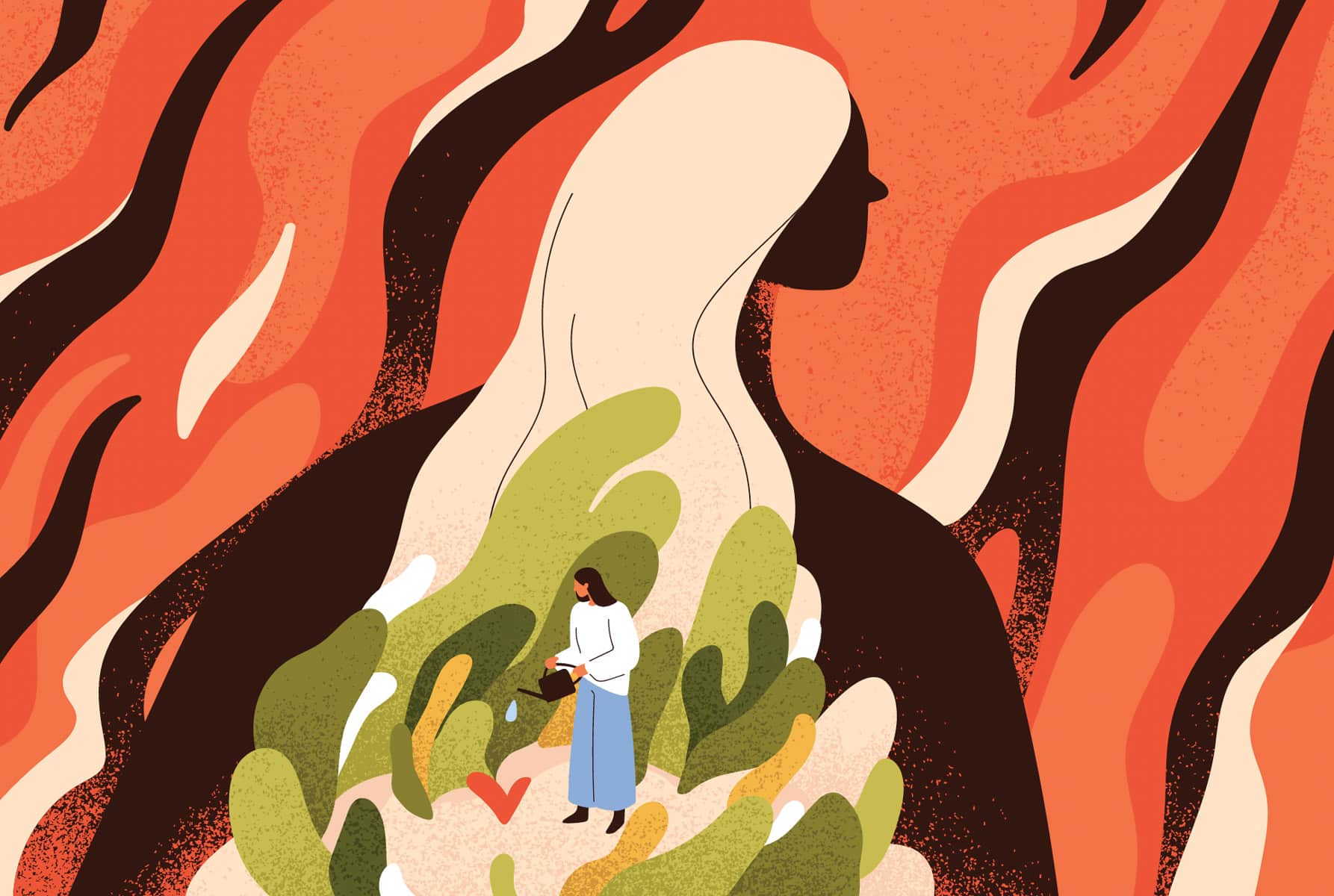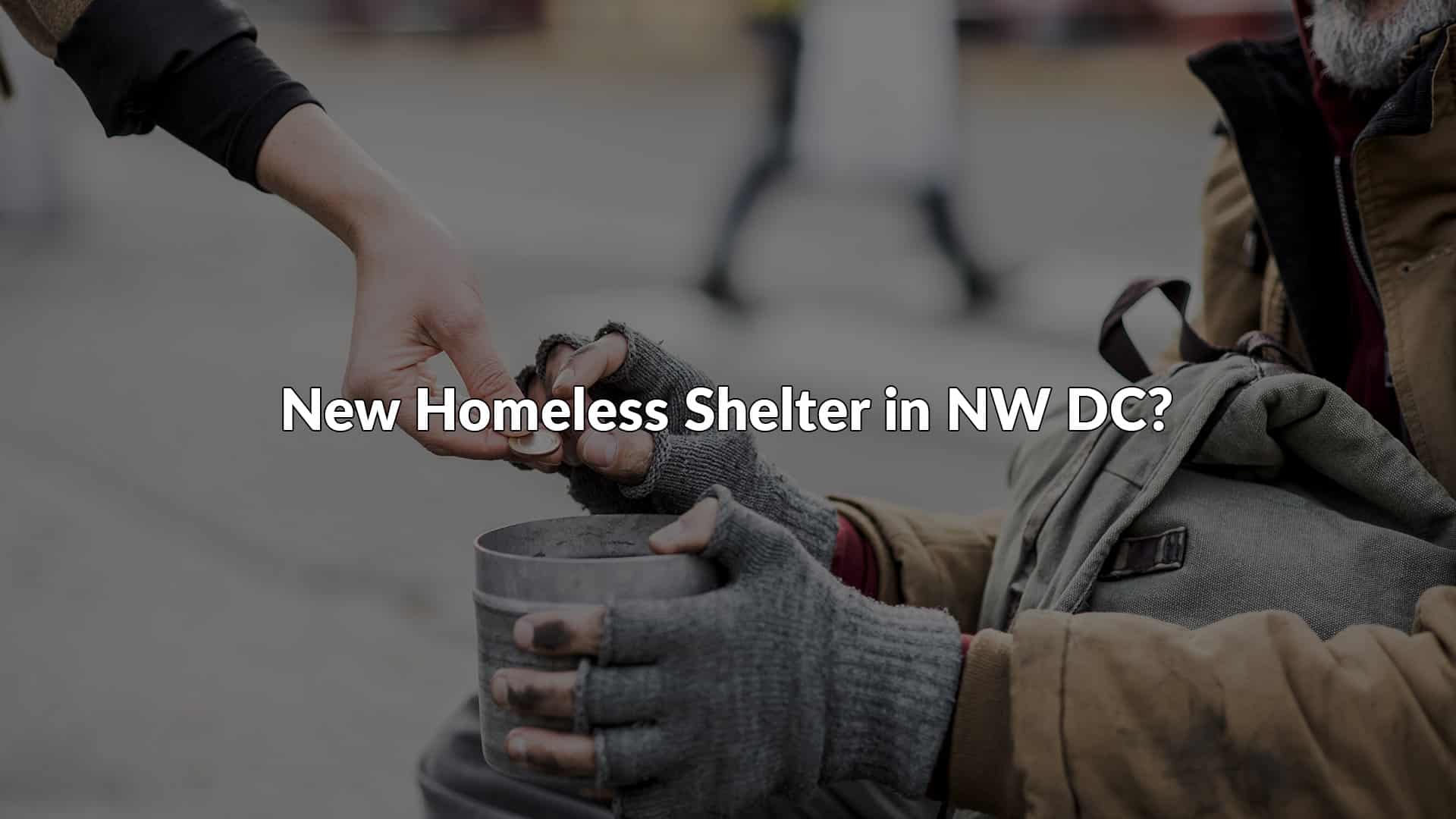Click HERE to read the original article
By Carole Bernard
“Grooming” is a standard practice for many sex traffickers. It is often the main tool in the trafficker’s arsenal to lure individuals with love, friendship, and affection into a life of exploitation. The myth that sex trafficking occurs most commonly with the white van kidnapping random girls has been one of the reasons that so many victims go unheard from their daily ordeal.
Myth-Busting the Pimp
When we break down the myths and the stereotypes associated with sex trafficking — the ideas of who the perpetrators and are, what they look like, where they exist in our society — we will realize fully that traffickers can be White men and women, very wealthy and powerful, and extremely confident in their ability to not get caught. I imagine that now deceased financier Jeffrey Epstein and his right hand “lady of the house” Ghislaine Maxwell never conceived that their crimes would ever make it to a federal court since they did not fit the general depiction of a “pimp” and a “bottom bitch.”
Wednesday’s verdict in the federal sex trafficking case against Ghislaine Maxwell affirms this fact. She was convicted of five out of six federal sex trafficking charges after a jury concluded that she played a pivotal part in recruiting and grooming teenage girls to be sexually abused by Jeffrey Epstein. Four courageous women, whom she is accused of trafficking as minors in the 1990s, had their day in court and gave voice to their victimization, for themselves and for so many survivors. The Amara Legal Center, a nonprofit organization providing free, trauma-informed legal services to sex trafficking survivors and to those who have been harmed by the commercial sex industry in the DC-metro area, applauds these women and wishes them great success in their journeys towards healing. We also thank them, as their case sends a stark message that the rich and those with power can be held accountable for their crimes. This, in itself, helps to elevate the important conversation about sex trafficking. Restorative justice is not only realized in the form of convictions, but it is also wrapped in the public’s knowledge, insight, and understanding of sex trafficking.
Definitions Extend Outside the Hood
The terms we hear in the movies and may read about in the media are not just appropriate for describing sex traffickers in the “hood” and in low-income communities of color. These words also fit the elite and the perceived untouchable individuals who engage in trafficking.
According to the Maryland Human Trafficking Task Force, a pimp is a person who controls and financially benefits from the commercial sexual exploitation of another person. The relationship can be abusive and possessive, with the pimp using techniques such as psychological intimidation, manipulation, starvation, rape and/or gang rape, beating, confinement, threats of violence toward the victim’s family, forced drug use, and the shame from these acts to keep the sexually exploited person under control.
There are also two common types of pimps:
- Romeo Pimp: One who prides himself on controlling others primarily through psychological manipulation. Although he may shower his victims with affection and gifts (especially during the recruitment phase), the threat of violence is always present.
- Gorilla (or Guerrilla) Pimp: A pimp who controls his victims almost entirely through physical violence and force.
A “Bottom” or “Bottom Bitch” is usually a female appointed by the trafficker/pimp to supervise the others and report rule violations. Operating as the trafficker’s “right hand,” the Bottom may help recruit and instruct victims, collect money, book hotel rooms, post ads, or inflict punishments.
To combat sex trafficking, education is key. A community-based response to trafficking cannot come to fruition if we do not dispel the myths and biases that simply paint traffickers as the gold-chain wearing Black and Brown men on the other side of the tracks. We must debunk the dominating narrative that victims are primarily White women and girls who were kidnapped from the suburbs. These narrow views only foster a tiered legal system where survivors and many others are silenced each day. It dumbs down the complexity of the issue, impacts fairness in the courts, and allows for policies that can criminalize survivors. So the reminder that traffickers and their accomplices are diverse in race, income, and gender, will hopefully help in the fight against trafficking and the prosecution of all who engage in trafficking, regardless of their race, gender, income, job title, or zip code.
As we embark on a new year, the Amara Legal Center reaffirms its commitment to look at its work through a racial justice lens and to address our legal cases with a holistic approach by educating and advocating for a more equitable legal system to support marginalized populations struggling for equity and safety. You also can take a stand against trafficking and help survivors fight for justice by becoming a “Circle of Hope” donor today. No donation is too small!
Help Amara amplify their voices and change their lives in 2022!



